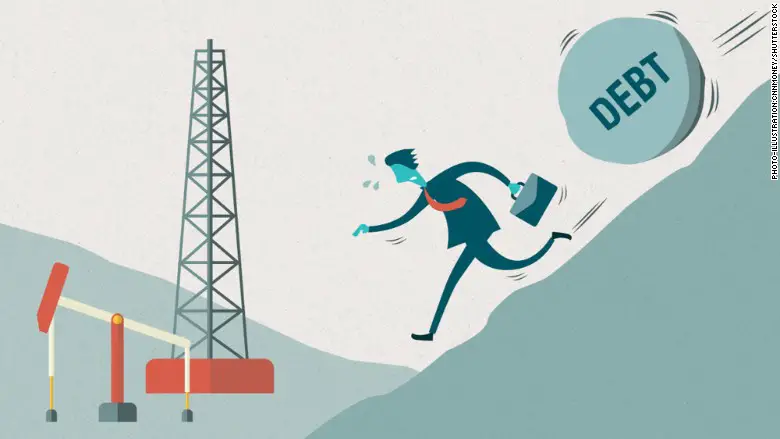Unfortunately, sometimes our financial health is just not what we would like it be. In fact, sometimes our financial solvency is so bad, that is best to just start fresh with a clean slate. This is something that happens to many business owners, including those that work with Malaysia GDP. However, no one ever talks about the differences between the different types of bankruptcy or which is better for business. What does bankruptcy do? Well, that differs based on the type of bankruptcy you choose to file. Find out the differences of Chapter 7 vs. Chapter 13 bankruptcies here.
Asset Liquidation
Chapter 7 bankruptcy is the title given to the liquidation of assets. When you file for Chapter 7 bankruptcy, you will be required to sell off most of your assets. This is required in order to help you pay back creditors and lenders. Chapter 13 bankruptcy, on the other hand, allows you to keep your assets. However, you are only able to do so if you can arrange to pay the value of those assets to your creditors within the period of your open Chapter 13 case. There are big differences between Chapter 7 vs. Chapter 13 bankruptcy, particularly when it comes to liquefying your assets.
Case Duration
Chapter 7 bankruptcy and Chapter 13 bankruptcy are also different when it comes to the length of time each bankruptcy case is open. Chapter 13 bankruptcies have a lifespan of 3-5 years. This allows you ample time to repay delinquent accounts. However, it also stays on your credit for seven years after the process is complete. Chapter 7 bankruptcies, on the other hand, take just 3-4 months to obtain a discharge. But, they also stay on your credit for 10 years. This is important to keep in mind, as some low-income individuals may just want to get the bankruptcy process over with as soon as possible.
Repayment Plan
Chapter 13 is different from Chapter 7 in that it is more of a repayment plan for a fraction of your debts. Chapter 7 bankruptcy requires you to liquefy your assets. This is unfortunate. No one likes foreclosures except those that buy them. However, Chapter 13 allows you to pay back just a portion of the money owed with your own money, not property. The amount you are expected to pay is based on both your income and the size of your debts. This is a major difference of Chapter 13 vs. Chapter 7 bankruptcy.
Co-Signers
When it comes to cosigners, there are indeed differences between Chapter 7 and Chapter 13 bankruptcy. Under Chapter 13 cases, co-signers may have some protections. As long as the person filing for bankruptcy repays creditors according to the set schedule, your co-signer is protected from any liability. Chapter 7, on the other hand, eliminates personal liability for your debts. However, your cosigner will still be responsible for the debts. If you have a cosigner, you will certainly want to consider these differences.
Who Qualifies?
There are also differences in who qualifies for Chapter 7 bankruptcies vs Chapter 13 bankruptcies. In order to file Chapter 7 bankruptcy, you need to qualify by passing the means test. The means test ensures that you qualify as a low-income individual. Then, you must compete a mandatory pre-filing session with a credit counselor. In order to qualify for Chapter 13 bankruptcy, you must have no more than $360,475 in unsecured debts and no more than $1,081,400 in secured debts. Depending on your current financial status, these differences between Chapter 7 and Chapter 13 are important to note.
If you are a business owner who needs to make up for years of debt catching up on them, bankruptcy may be your best option. However, there are different types of bankruptcy to consider, like Chapter 7 vs. Chapter 13. Use the differences of Chapter 13 and Chapter 7 bankruptcy above to help you determine which course of action is best for your financial future. You do not want to make another mistake when it comes to your financial health. Make sure you consider all your options before filing for bankruptcy of any kind.
Photo from http://money.cnn.com/2016/02/11/investing/oil-prices-bankruptcies-spike/index.html
 Business First Family Business, Accounting, Finance, Investing, Marketing And Management
Business First Family Business, Accounting, Finance, Investing, Marketing And Management
